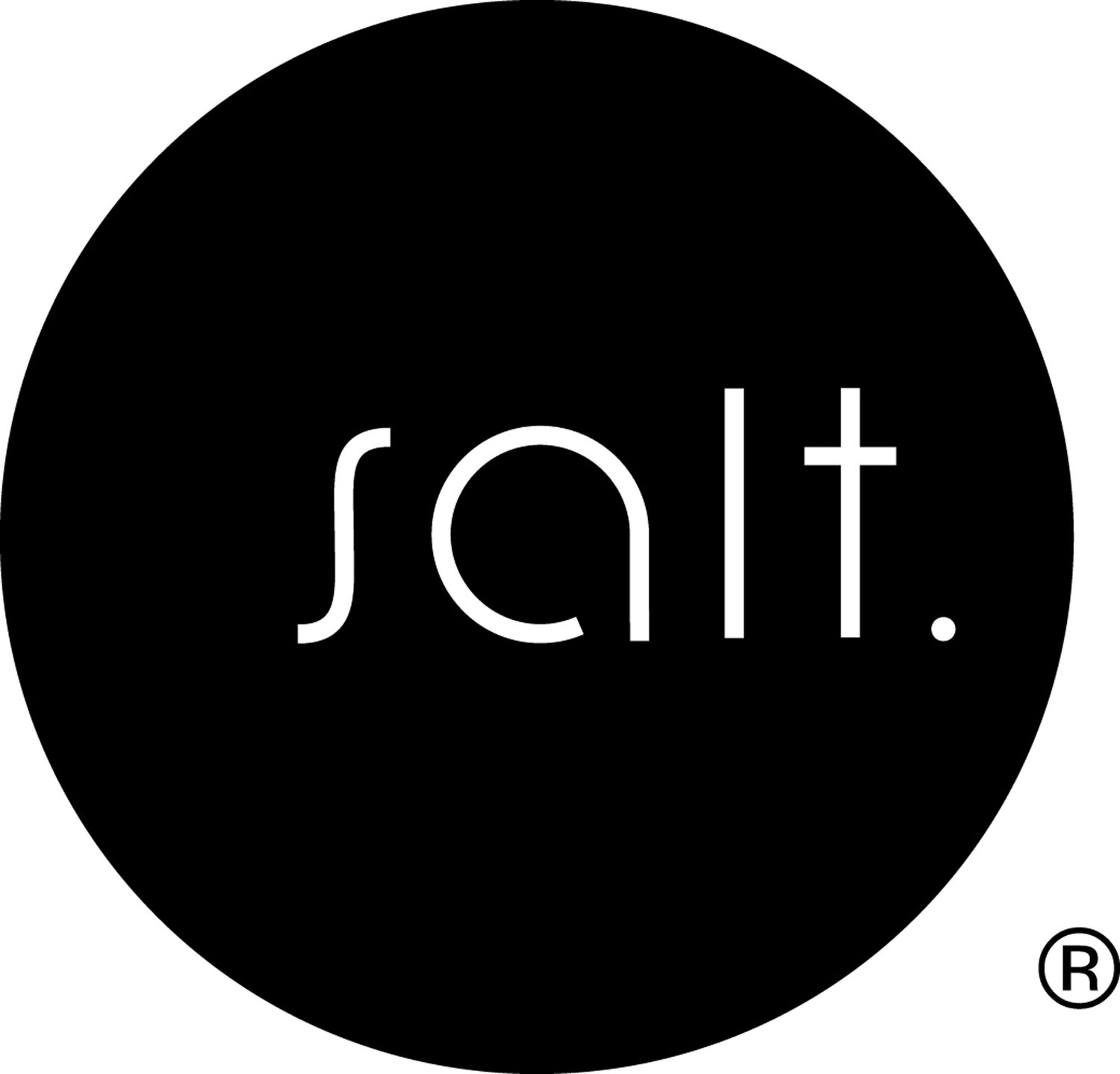The wonderful world of biobased and recycled fibres
Integrity and longevity have always been two core values at the heart of salt. but finding 100% natural or recycled fibres that can stand the test of time has been an ongoing challenge. I have been able to turn my frustration into action by collaborating on a brilliant new initiative to expose the potential of a truly circular textile economy.
salt. fabrics are all proudly woven in the UK. Over the years, I have discovered a number of wonderful craftspeople to weave our fine fabrics in small batch production mills across the north of England, one in particular who I could not be without. I treasure these relationships and will forever fight to support their essential skills and contribution to our textile economy.
Since our inception, I have always prioritised a sustainable approach at salt. and am so passionate about sourcing local skills and materials, and reducing waste as much as possible. We weave all of our fabrics to order and continuously explore innovative alternatives to using cotton and polyester threads. But as a business owner in 2024, I know that there is always more I could do.
I was approached last year to take part in a brilliant new initiative that is highlighting the circularity potential of new biobased and recycled fibres. The New Composites project run by the University of the Arts London is setting out to encourage fibre diversity across the industry.
This is an area of textile production that I have followed closely. I am constantly amazed at the ongoing discoveries taking place, like using nutshells, coffee grounds and even cigarette butts to spin new fibres. But can these new advancements endure the complex weaving process and retain the characteristics of luxury fine fabric over many years?
I am joined in the project by some incredible minds and feel so privileged to be able to help lead this urgent discussion through a combination of smart research and practical application. Our goal is to help people to understand what is possible and encourage individual designers to integrate these alternatives in their own practices and processes.
Read more about the project here and I will continue to post about our progress.


